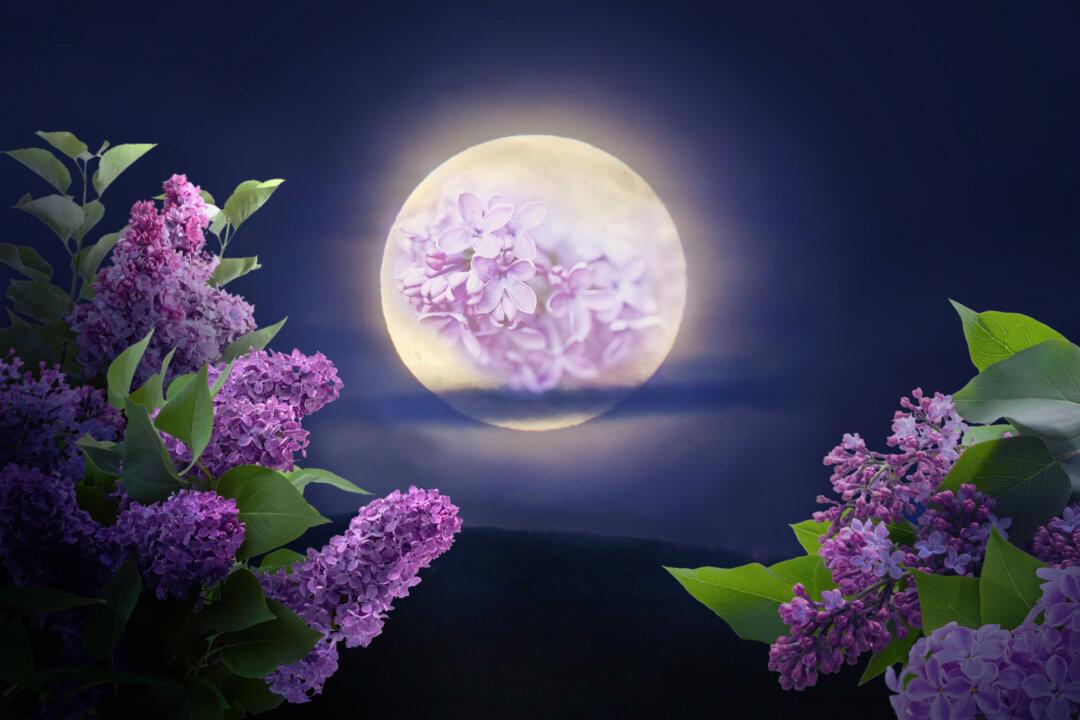Kicking off June with a cosmic showstopper, a five-planet parade has already begun gracing the morning sky and will continue to greet early risers for the rest of the month.
A rare gathering of several visible planets, which we’ve been enjoying in the predawn heavens for the last few months—including several close conjunctions—has now started spacing out. The result? A lineup of all five “naked-eye planets” of our solar system: Mercury, Venus, Mars, Jupiter, and Saturn, in that order. Coincidentally, that’s their natural order from the sun, making the already-rare spectacle even more extraordinary. The celestial series stretches from low in the eastern horizon to higher in the south.
The Moon Joins the Planet Parade June 23
For the remainder of the month, the planet parade will increasingly spread out, but on the morning of June 23 we’re in for a special treat: the waning crescent moon will jump into the lineup, inserting between Venus and Mars—a stand-in where the Earth should be! At this stage in the show, the distance between Mercury and Saturn will span about 107 degrees. You’ll have about an hour to enjoy the predawn sight, from when Mercury pops above the horizon until it gets lost in the sun’s glare.Here’s what it could look like 45 minutes before daybreak, according to NASA:
If you haven’t caught the spectacle yet, or weather hasn’t permitted, fear not; there’s the rest of the month to take in the cosmic show. Just set your alarm clock for predawn and find your seats for best viewing early. The parade starts before sunrise.
Globular Star Cluster Viewing in June
June is also prime viewing time to spot one of the best-known globular star clusters: the Hercules Cluster, also called M13. This ancient gathering of stars soars tens of thousands of light-years over the Milky Way’s spiral arms. M13 can be found high in the east in the constellation Hercules in the first few hours of dark. Located in the “keystone,” a pattern of four stars within the constellation’s center, M13 is located about a third of the way between bright stars Vega and Arcturus.












